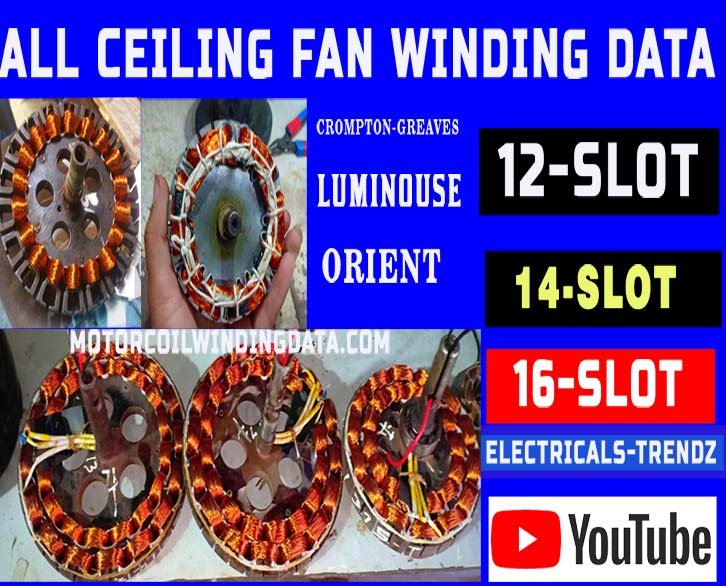
This also helps OEMs to reduce the size and weight of components such as traction motors used in high-speed trains and in the emerging electric vehicle marketplace. This high-temperature durability helps to allow miniaturization and/or higher power density of electrical drive motors and enables long-term electrical dependability. That’s because Nomex® does not shrink, embrittle, soften or melt during short-term exposure to temperatures as high as 300☌, and because it maintains good insulating properties continuously at 220☌ for 10 years. The use of Nomex® for motor insulation can help prevent premature motor failure and equipment downtime. DuPont has developed specialized Nomex® papers to address this requirement. This creates high-frequency spikes that put greater stress on the motor insulation materials. Today, more motors are being driven by electronic systems to achieve higher efficiency. And, Nomex® paper is compatible with the oils and automotive transmission fluids (ATFs) often used in HEVs. With its excellent dielectric strength, Nomex® insulation can endure the electrical stresses that are commonly encountered in HEVs due to the use of inverters.

In addition to its long history of proven performance in conventional motor insulation applications, Nomex® insulation is helping original equipment manufacturers (OEMs) to address the increased power density requirements and harsh operating conditions of motors used in hybrid electric vehicles (HEVs).

The outstanding thermal performance and excellent mechanical strength of Nomex® are the reasons why it is a preferred motor insulation for all types of motors-from AC and DC to random and form wound, in sizes ranging from miniature servo motors to 13.6 kV industrial drives. When it comes to motor insulation, DuPont™ Nomex® brand papers and Nomex® based laminates are an ideal choice for virtually any motor, helping to increase reliability and extend equipment service life.


 0 kommentar(er)
0 kommentar(er)
